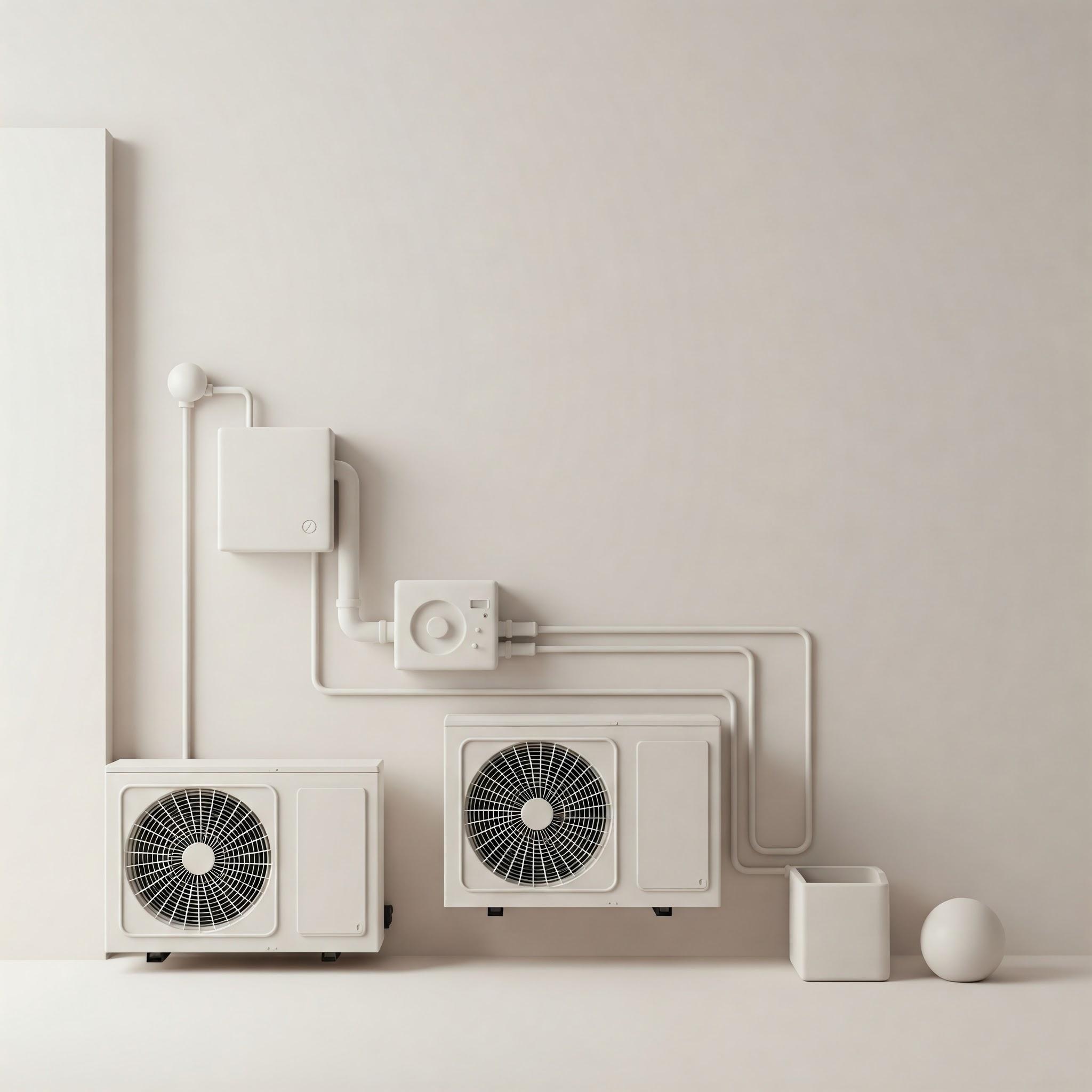What is a VRF System in HVAC?

To begin with, a VRF system is an advanced type of HVAC system that uses refrigerant as the cooling and heating medium. Unlike conventional systems, it varies the amount of refrigerant sent to each indoor unit. Therefore, it provides precise temperature control for different zones in a building.
Essentially, VRF systems work by modulating the speed of the compressor to meet the exact requirements of each space. This means they avoid the constant start-stop cycles of traditional systems, leading to better energy efficiency and comfort.
Key Features of VRF Systems
1. Outstanding Energy Efficiency
First and foremost, VRF systems are designed to be energy-efficient. Since the compressor adjusts its speed to meet current demands, it consumes only the energy required, which helps lower utility costs over time.
2. Precise Temperature Control
Moreover, VRF systems excel in maintaining a steady and comfortable temperature in each room. By controlling refrigerant flow precisely, users can enjoy consistent indoor climates without fluctuations.
3. Independent Zoning
In addition, VRF systems allow you to divide your space into multiple zones. Each zone can be controlled individually with its own thermostat. As a result, one room can be cooled while another is being heated, offering personalized comfort.
4. Quiet Operation
Also, the system operates quietly. Because of its inverter-driven compressor and advanced fan design, it’s ideal for environments where noise is a concern, such as homes, hospitals, and offices.
5. Scalability and Flexibility
Furthermore, VRF systems are modular in nature. Whether you’re outfitting a small office or a large multi-story building, the system can be scaled and customized. This makes it ideal for both new construction and retrofit projects.
6. Integration with Smart Controls
Another advantage is that VRF systems are compatible with building automation systems (BAS). This allows centralized monitoring, remote access, and smart scheduling — all of which enhance performance and convenience.
Applications of VRF Systems
Typically, VRF systems are used in:
- Office buildings
- Hotels
- Educational institutions
- Hospitals and clinics
- High-end residential complexes
Due to their zoning capabilities, they are especially useful in spaces where occupancy patterns vary throughout the day.
Advantages and Considerations
| Benefits | Things to Consider |
|---|---|
| Highly energy-efficient | Higher upfront installation cost |
| Personalized zone control | Requires skilled installation professionals |
| Quiet and reliable operation | Regular maintenance needed |
| Smart system integration | May be more complex than traditional systems |
Conclusion
All in all, VRF systems offer a revolutionary approach to indoor climate control. Because of their energy efficiency, flexibility, and zoning capabilities, they are an excellent choice for both commercial and luxury residential buildings.
Ultimately, if you’re looking for a future-ready HVAC solution that adapts to your space and your needs, a VRF system is worth the investment.



